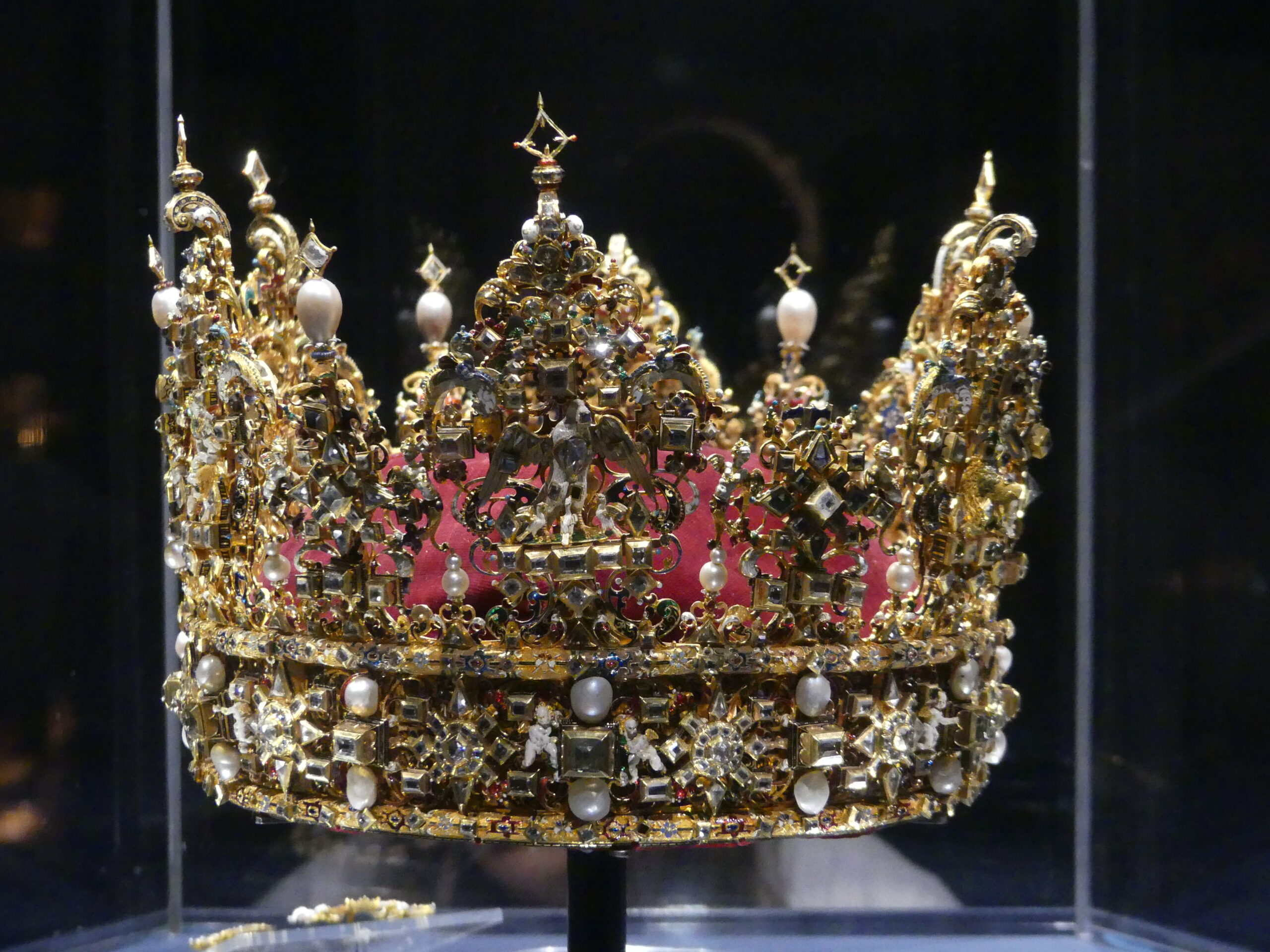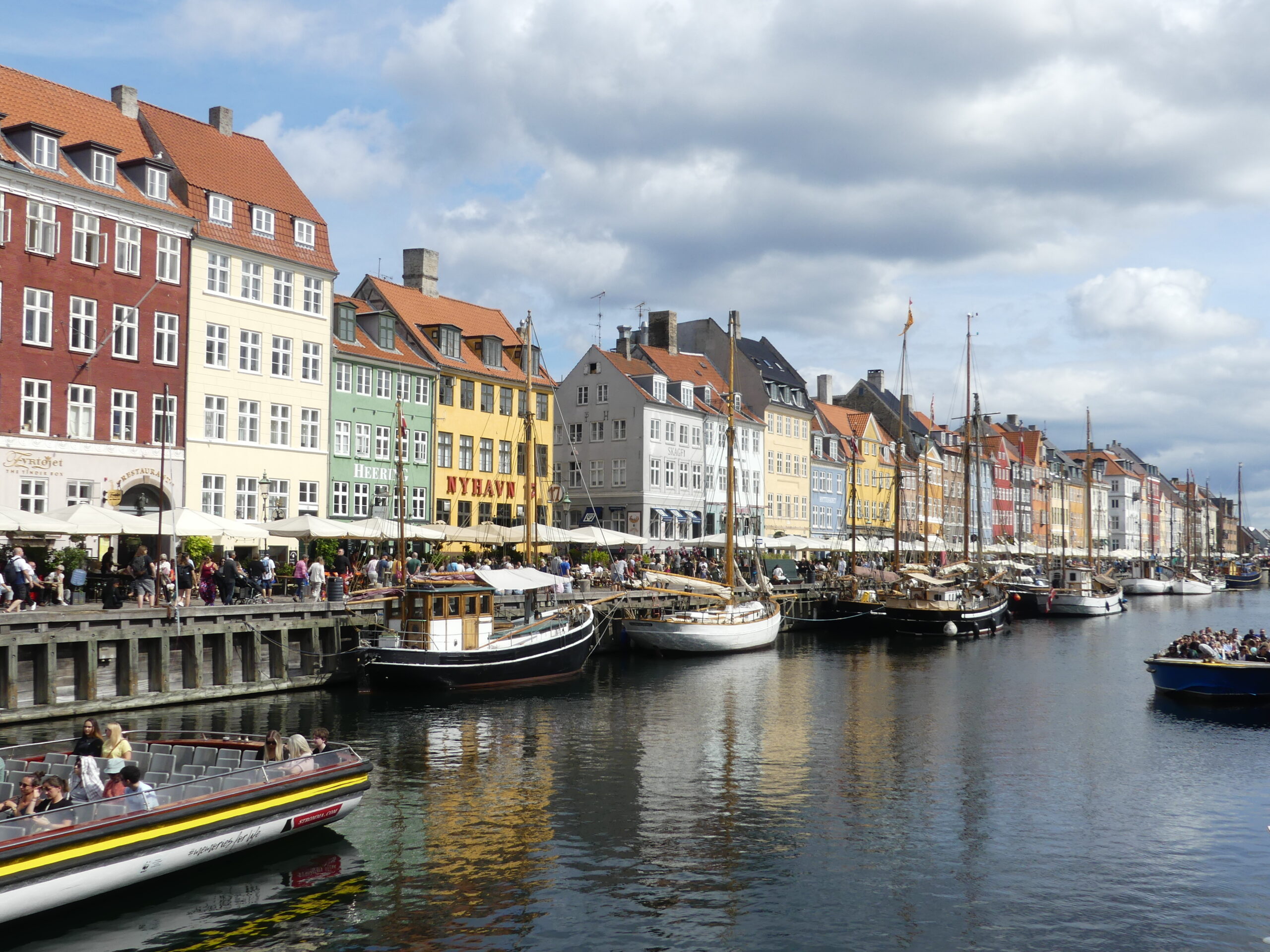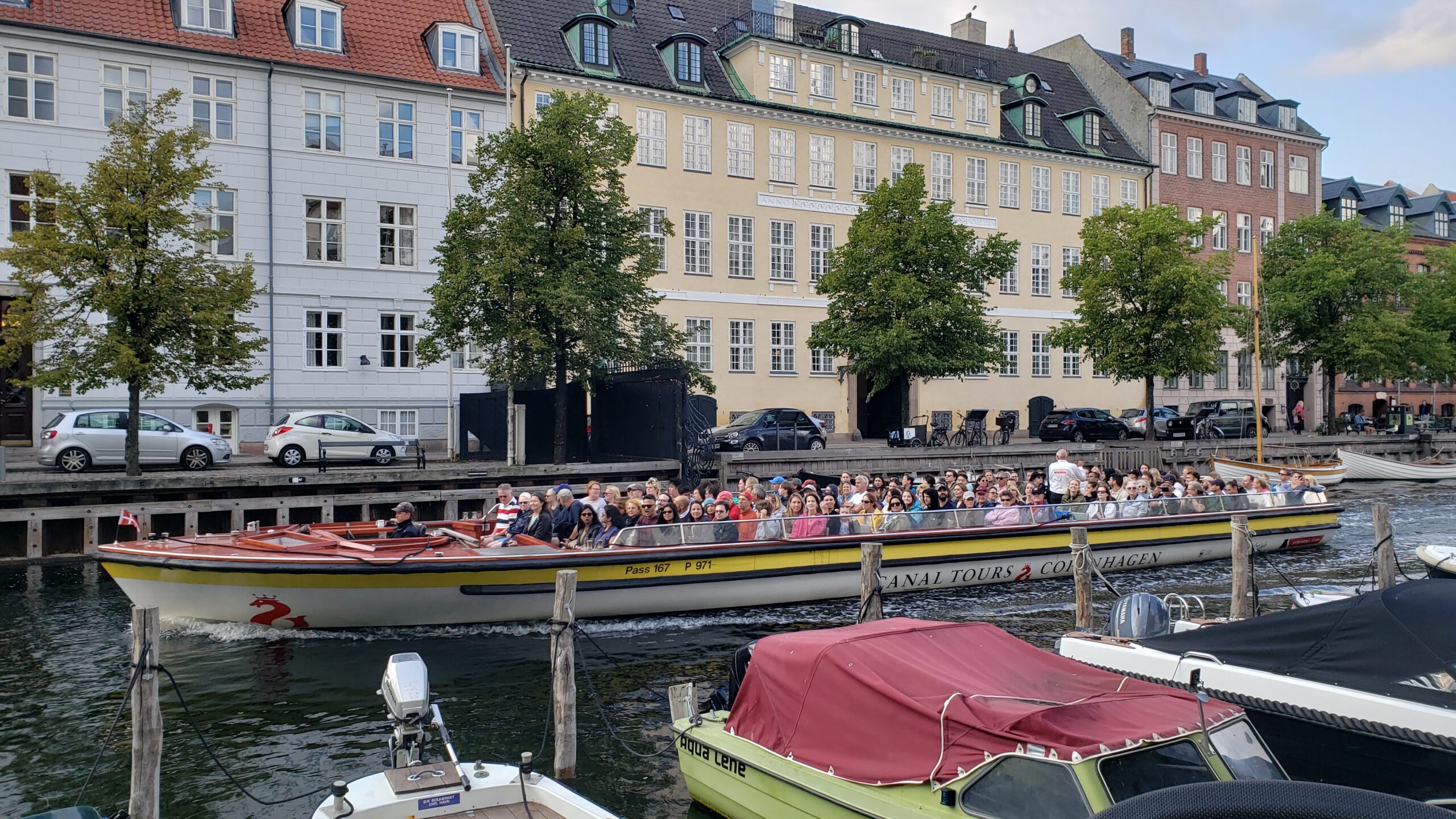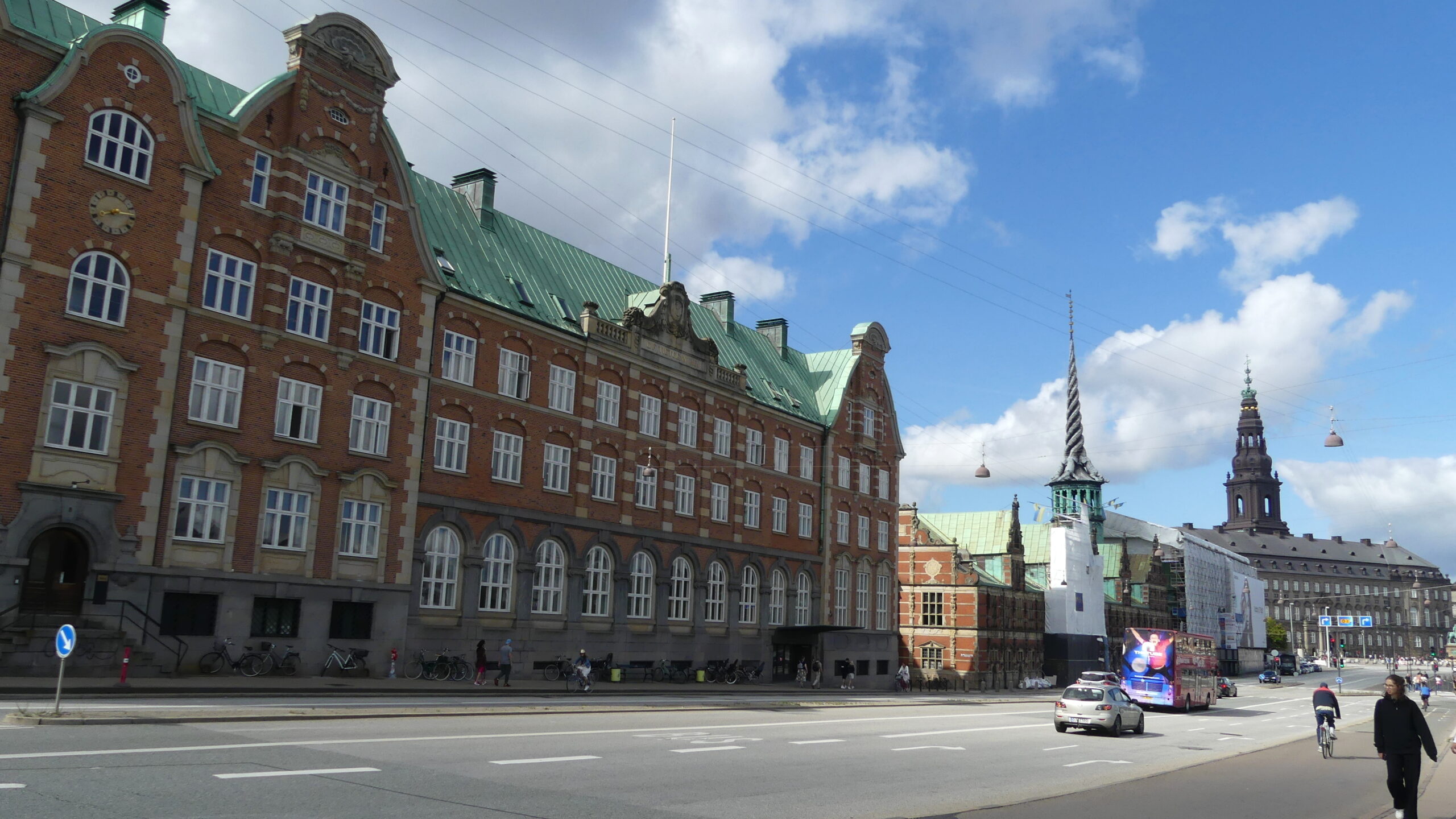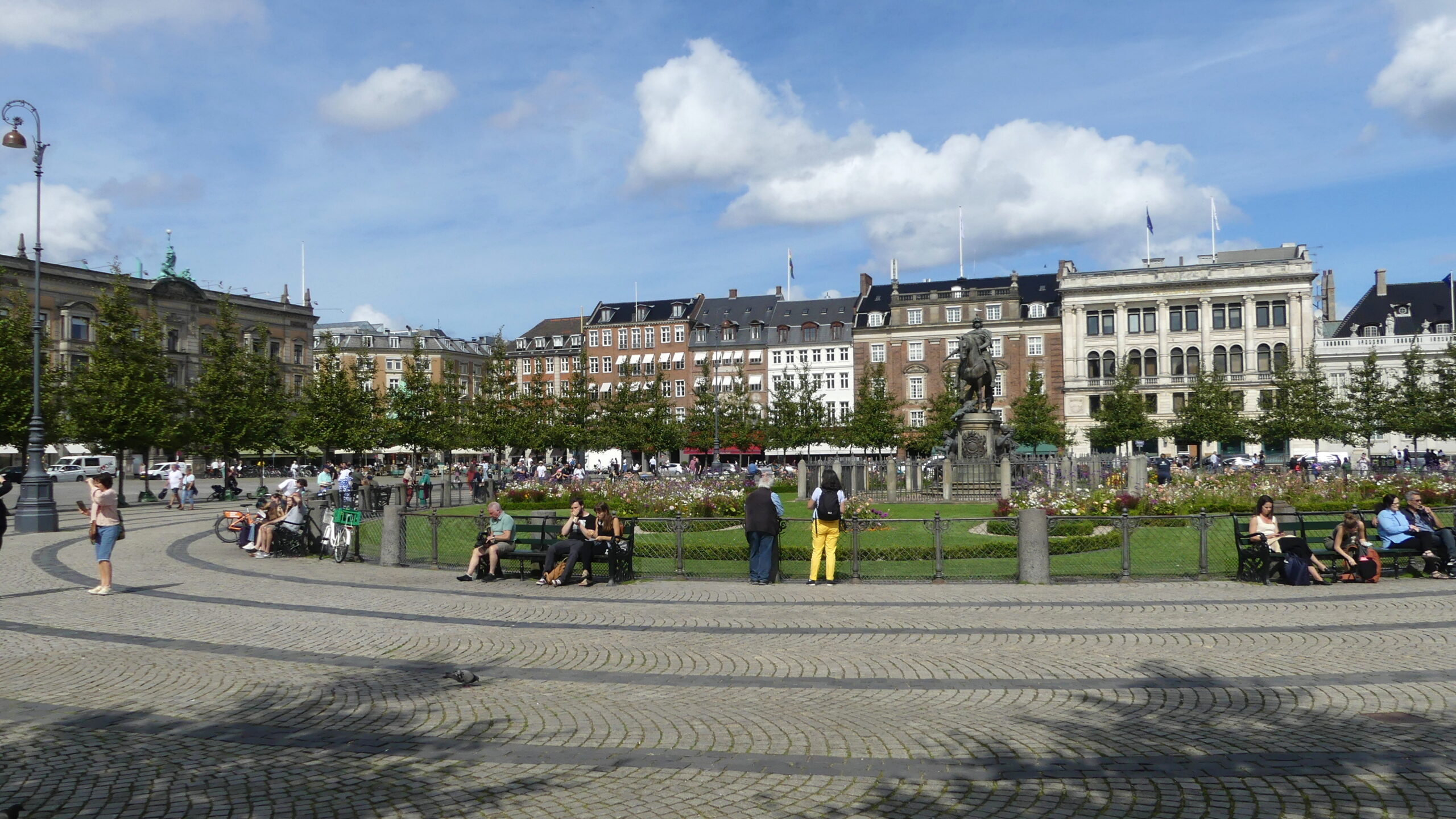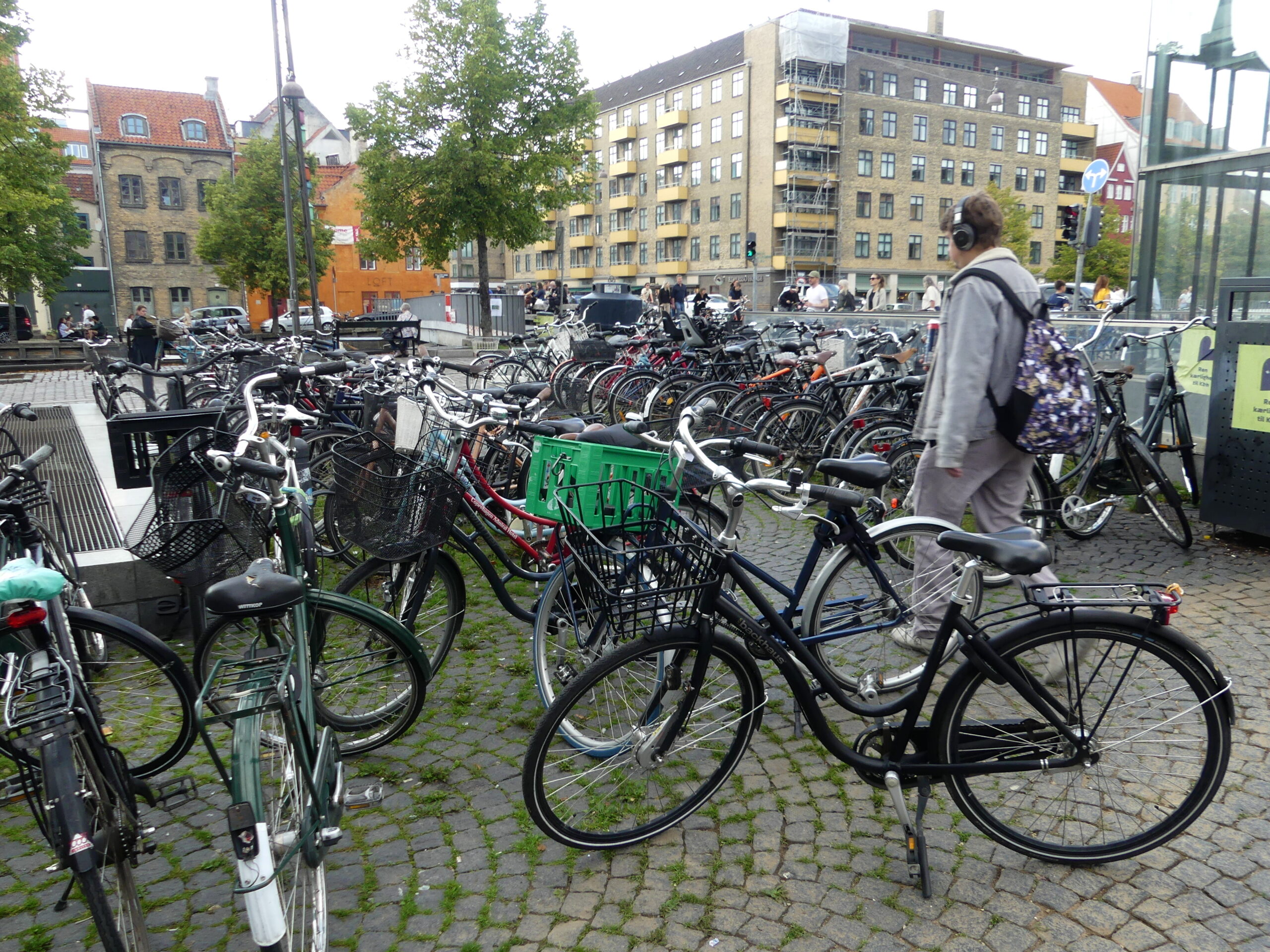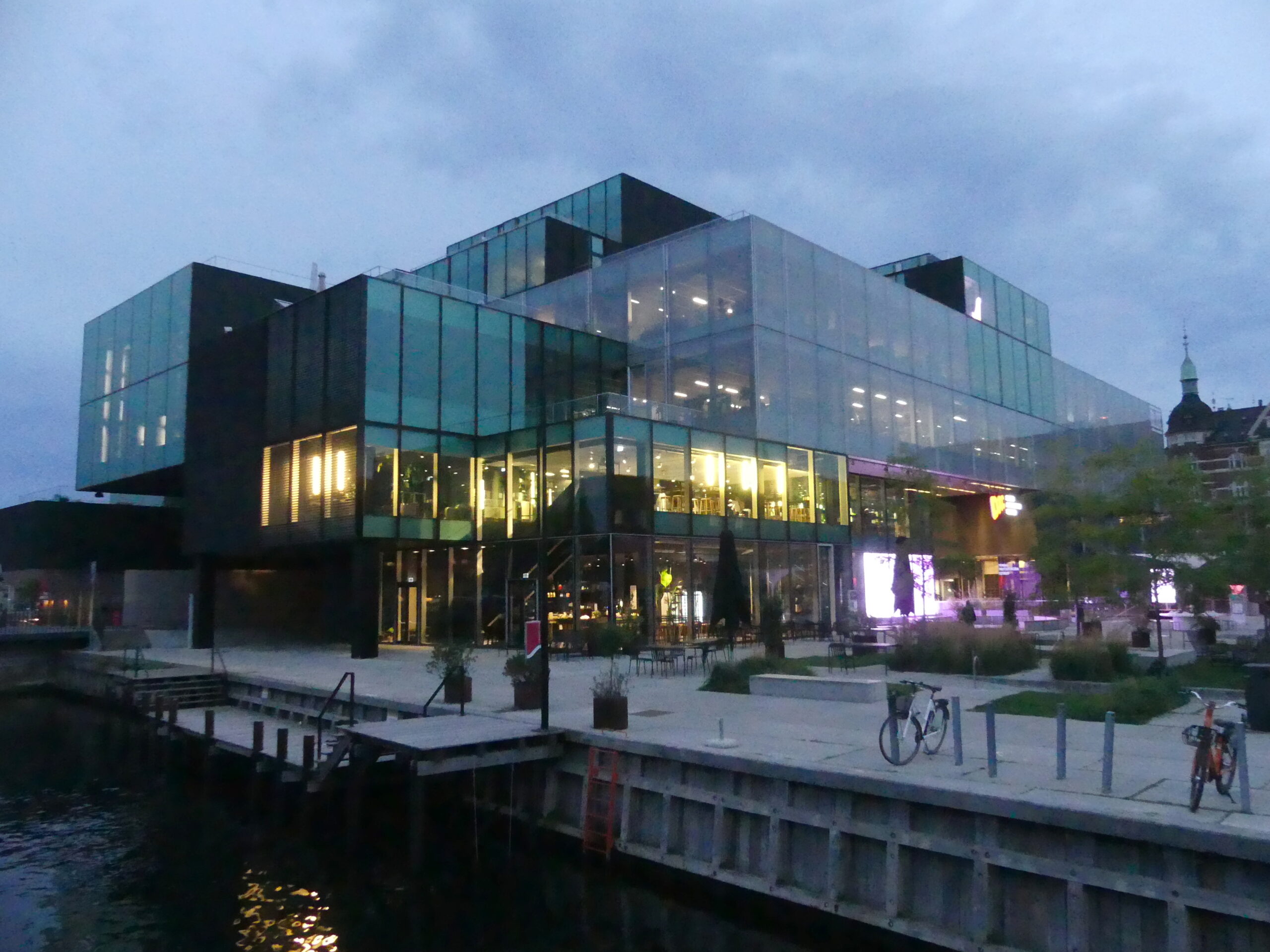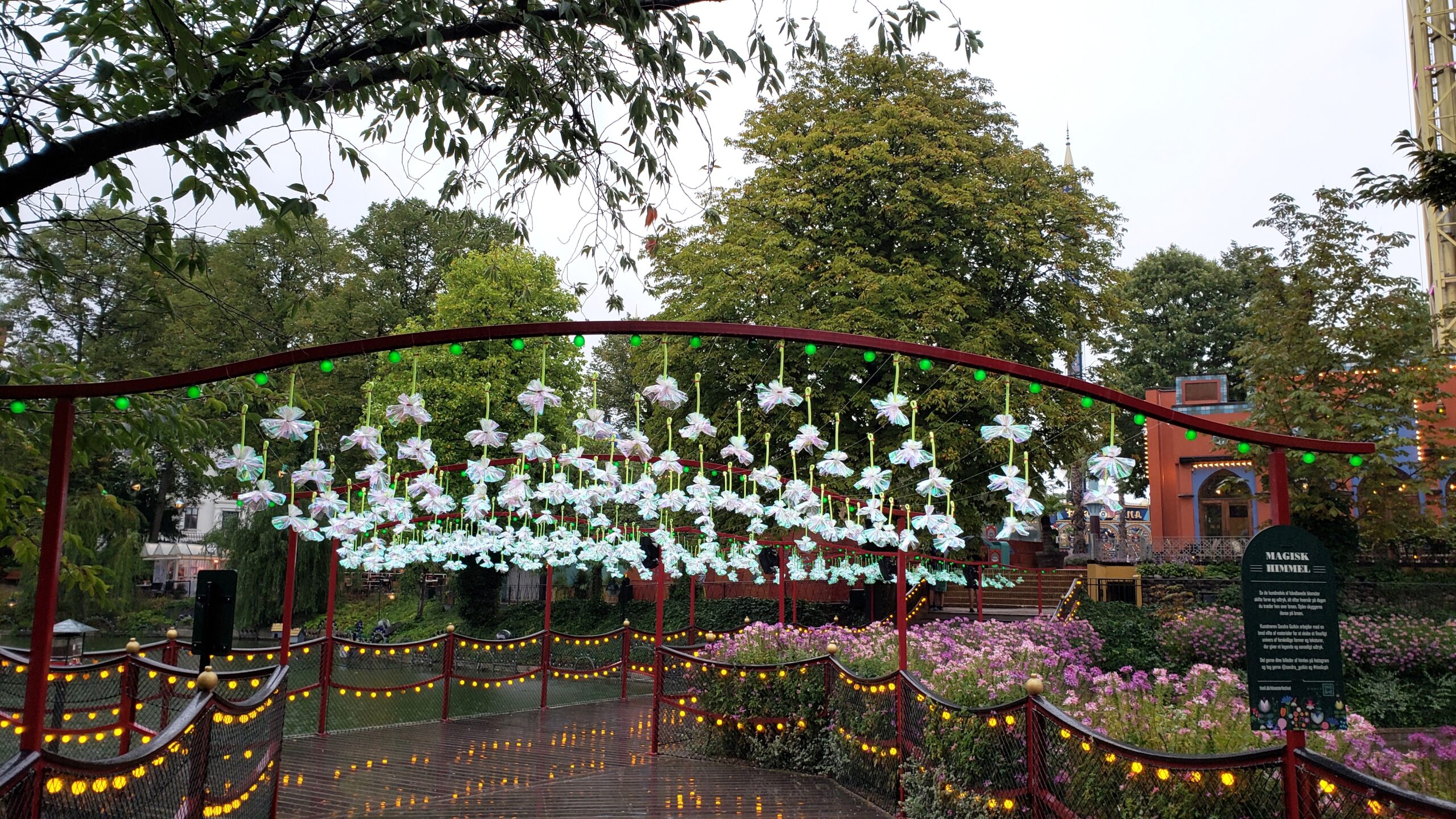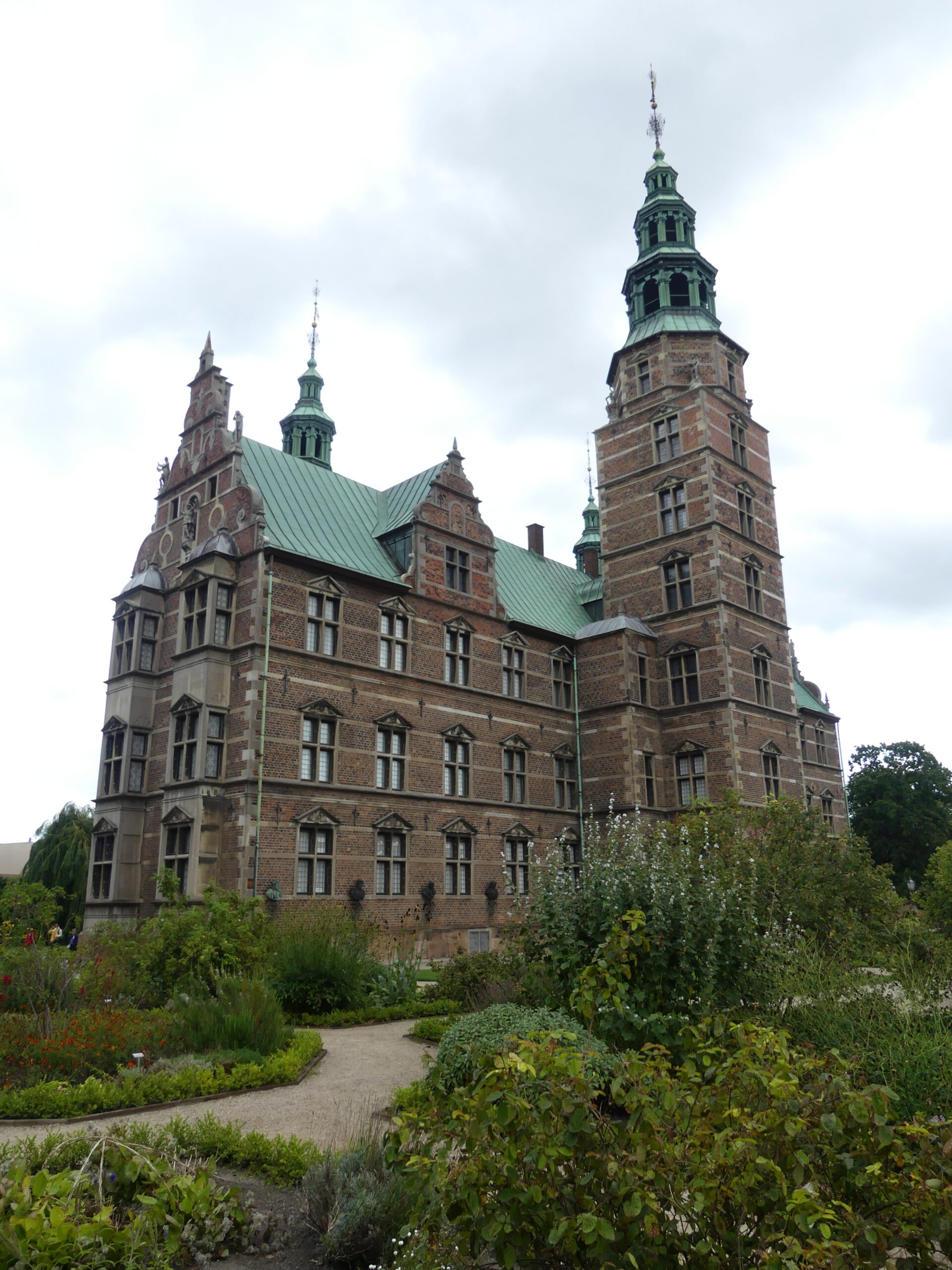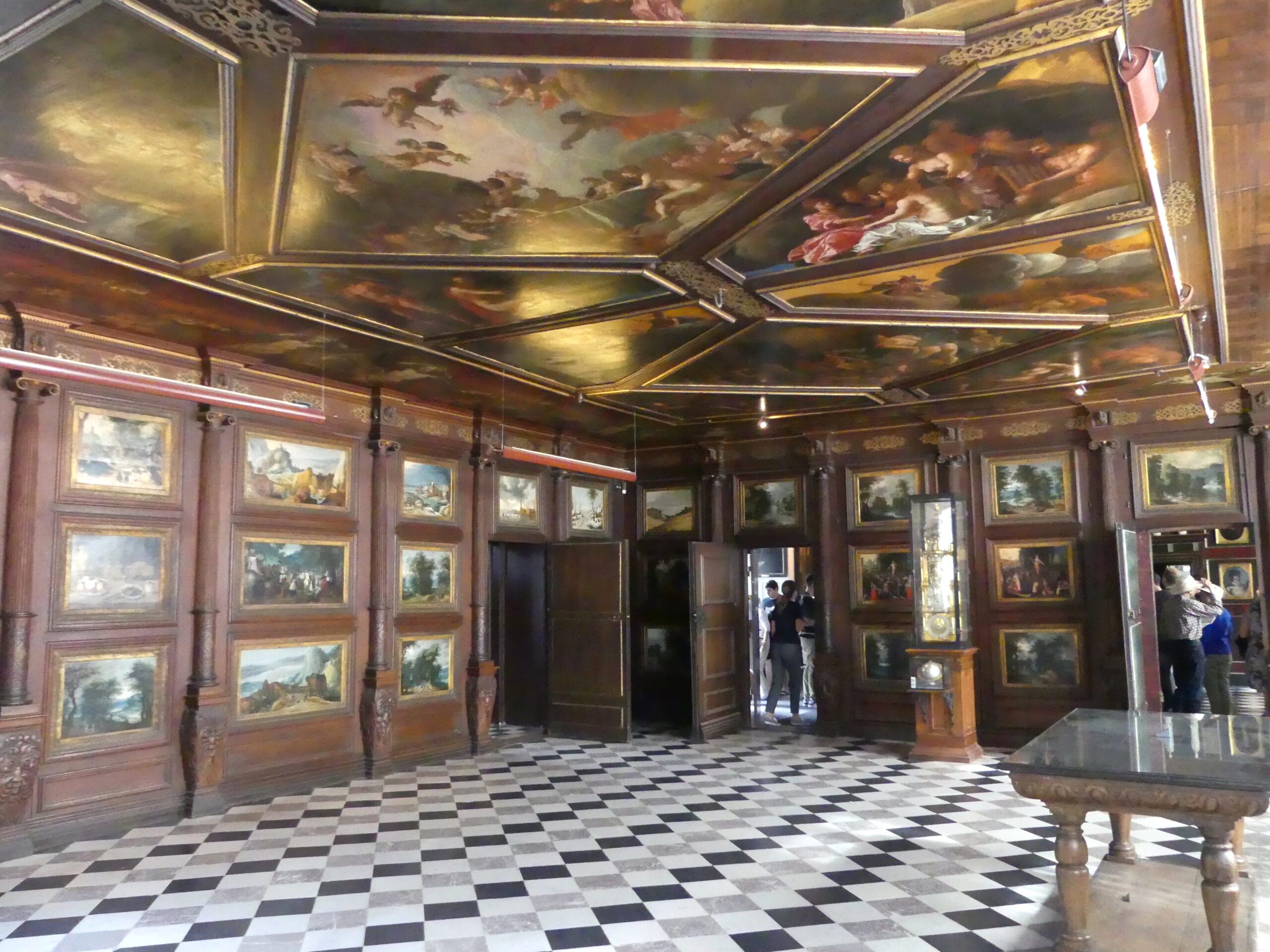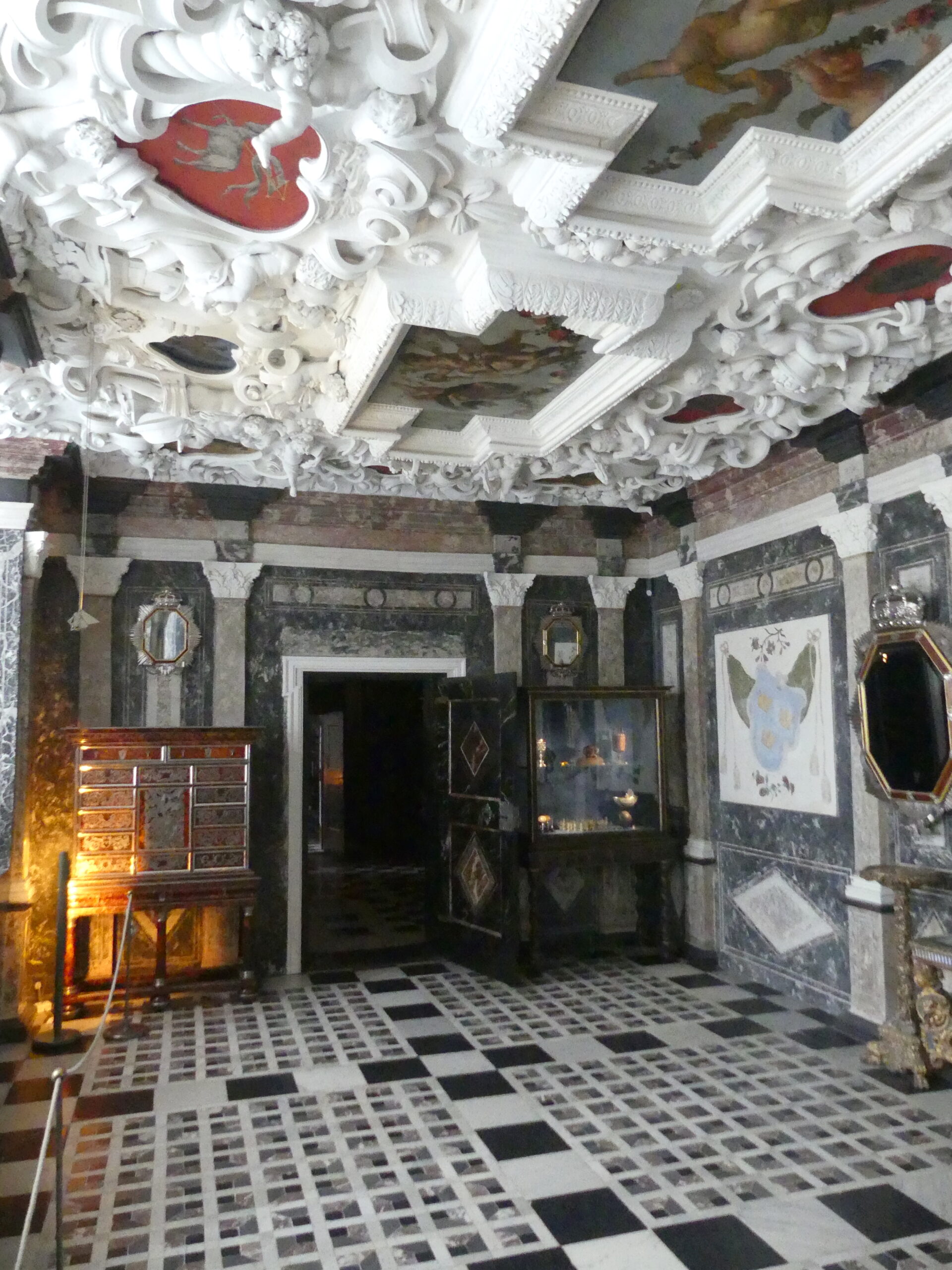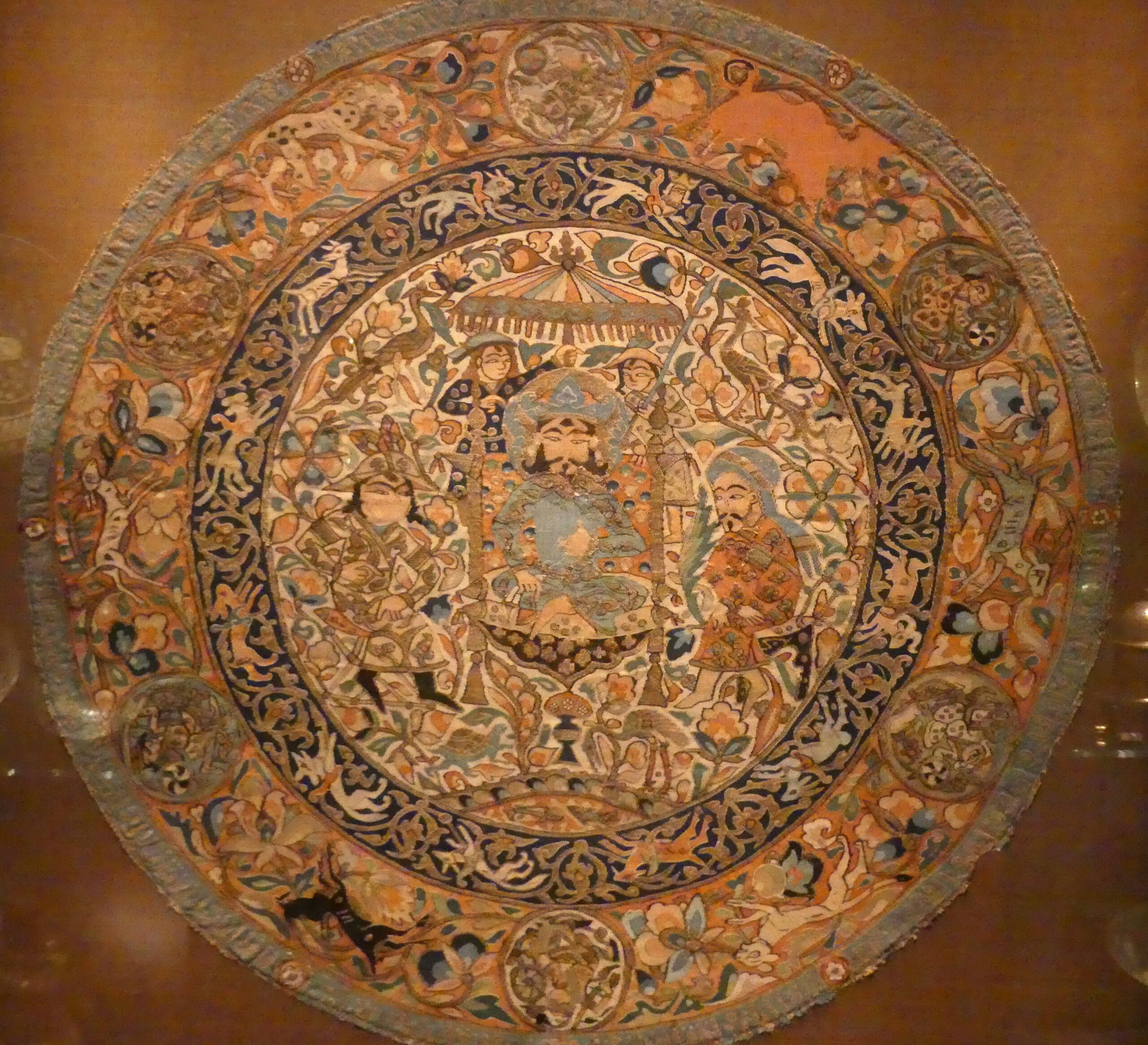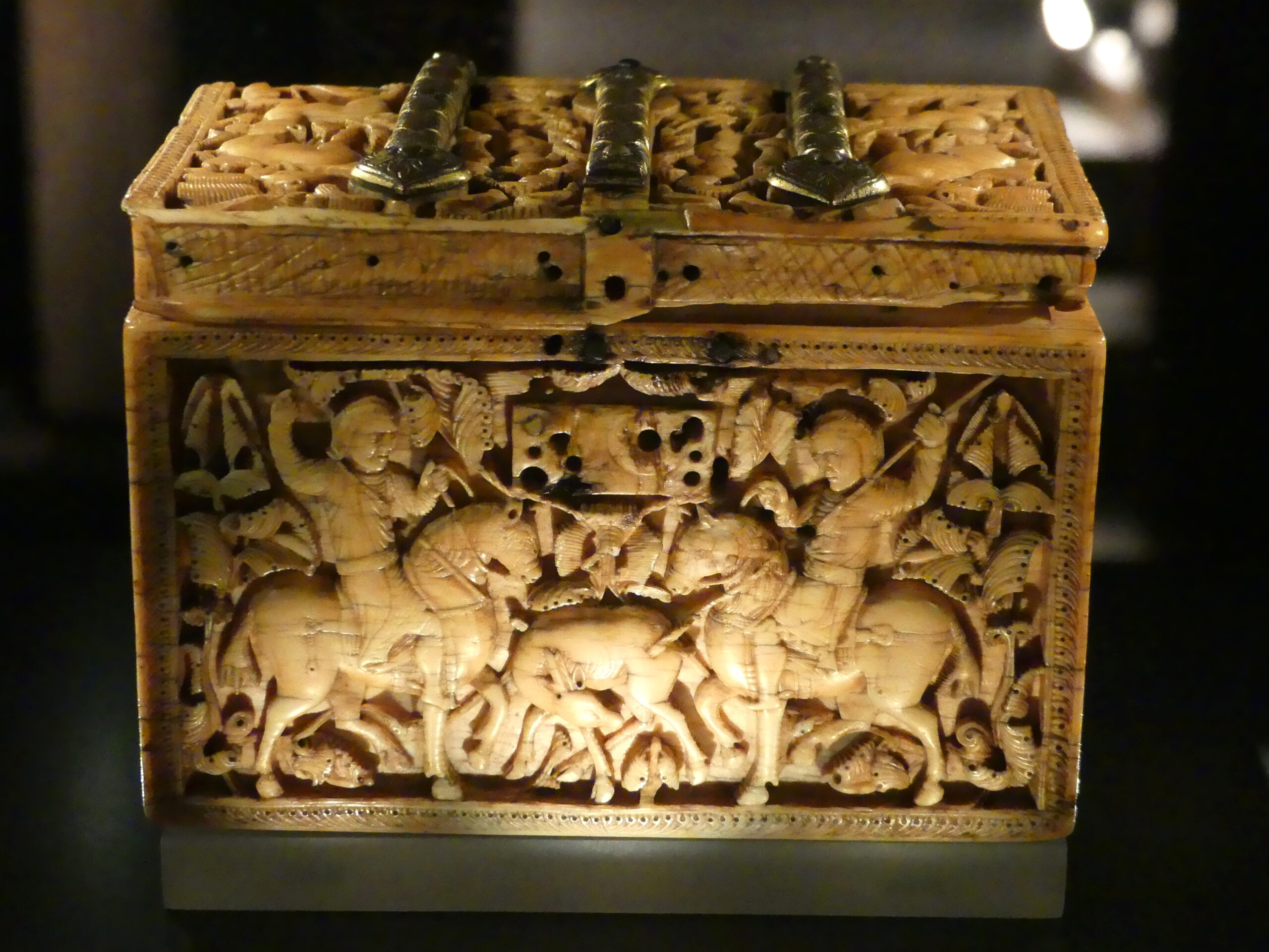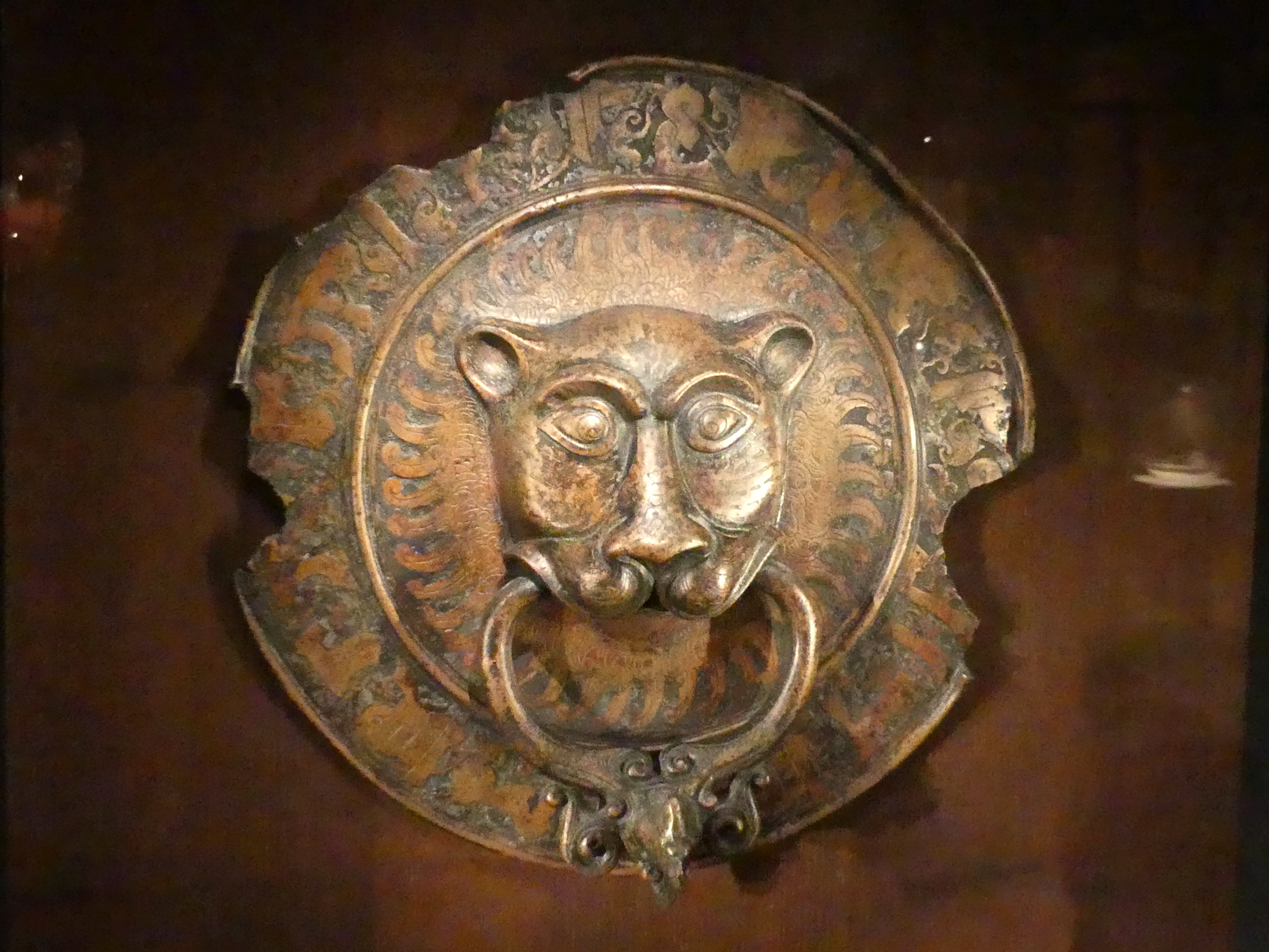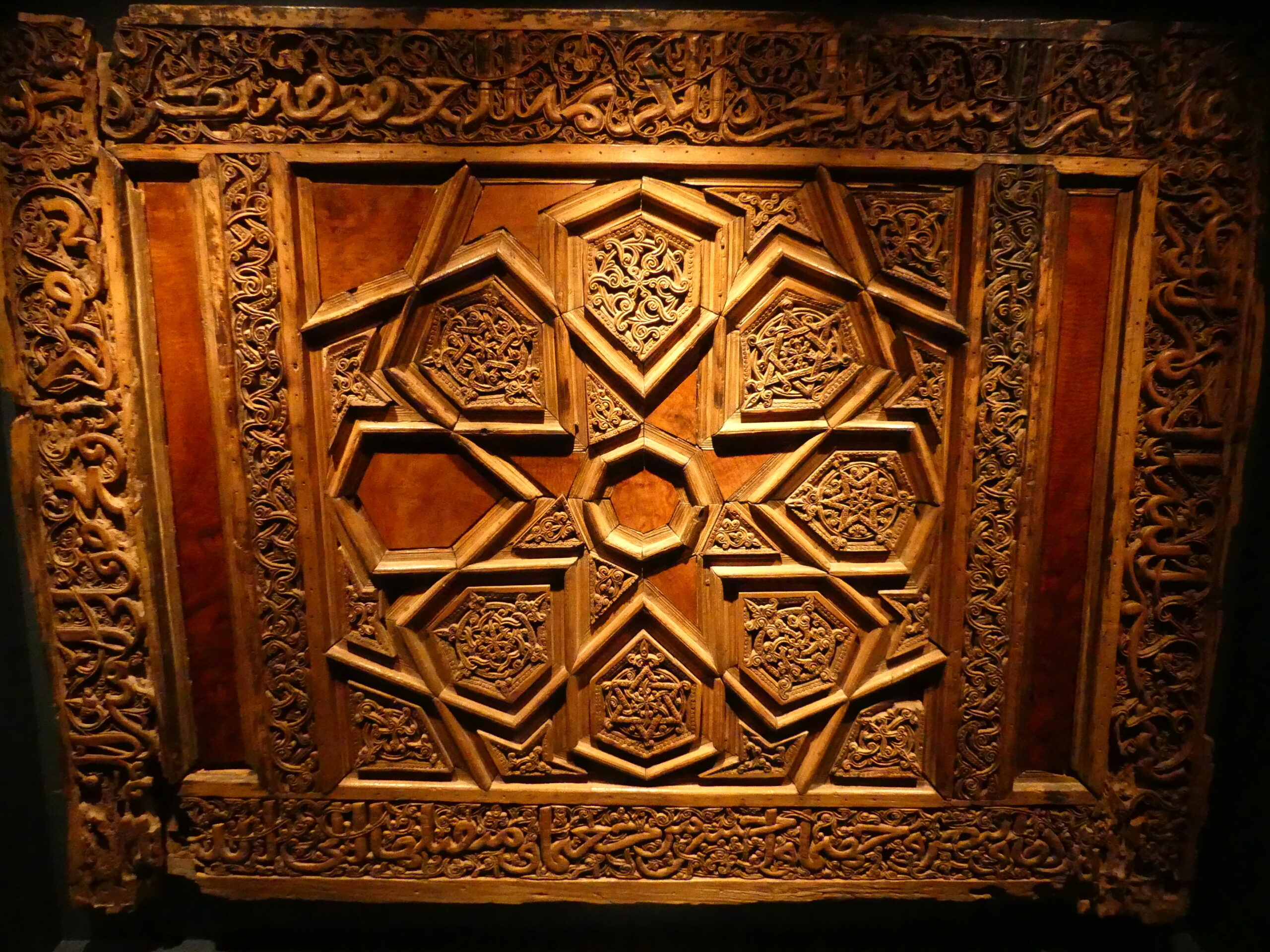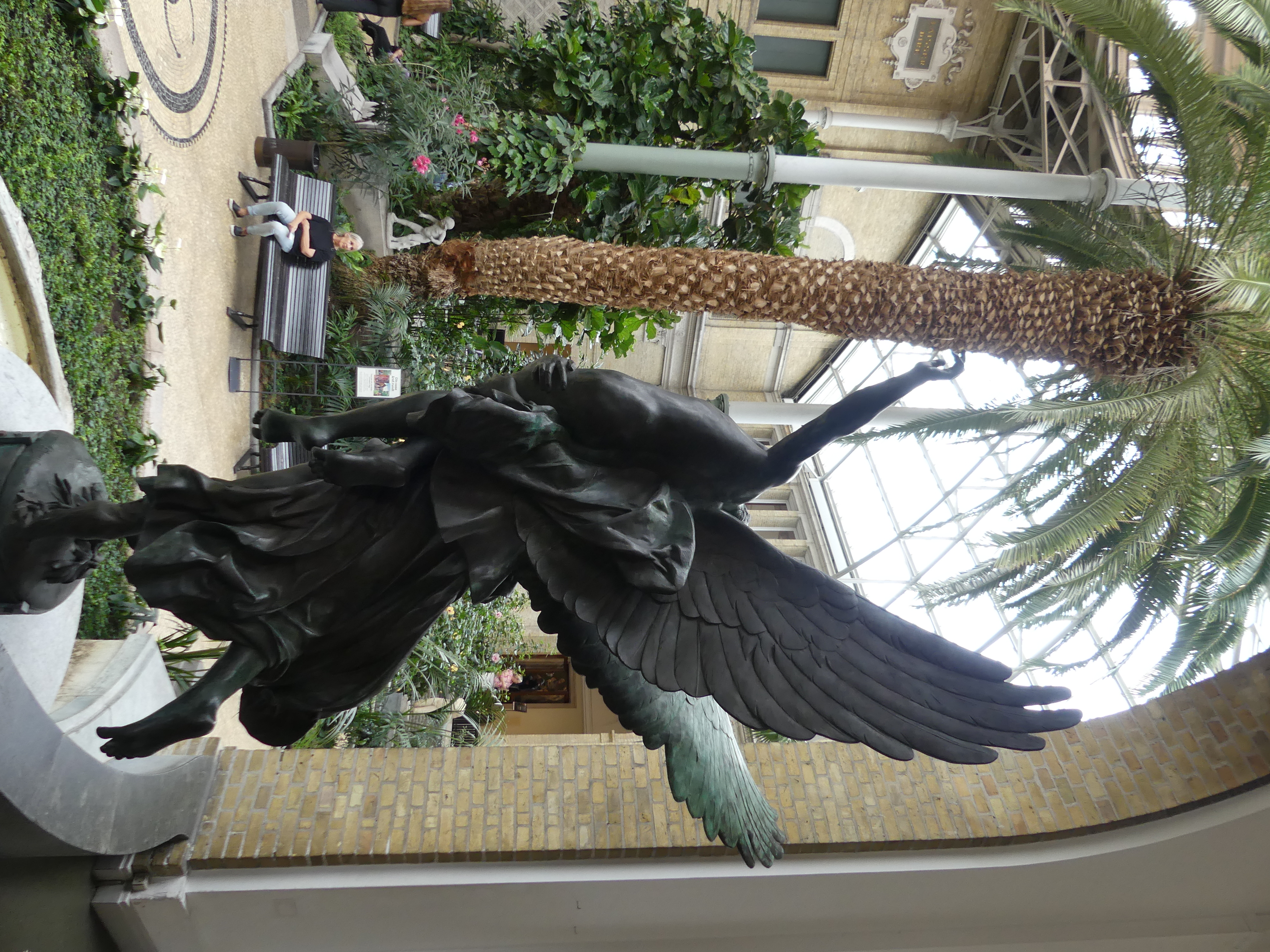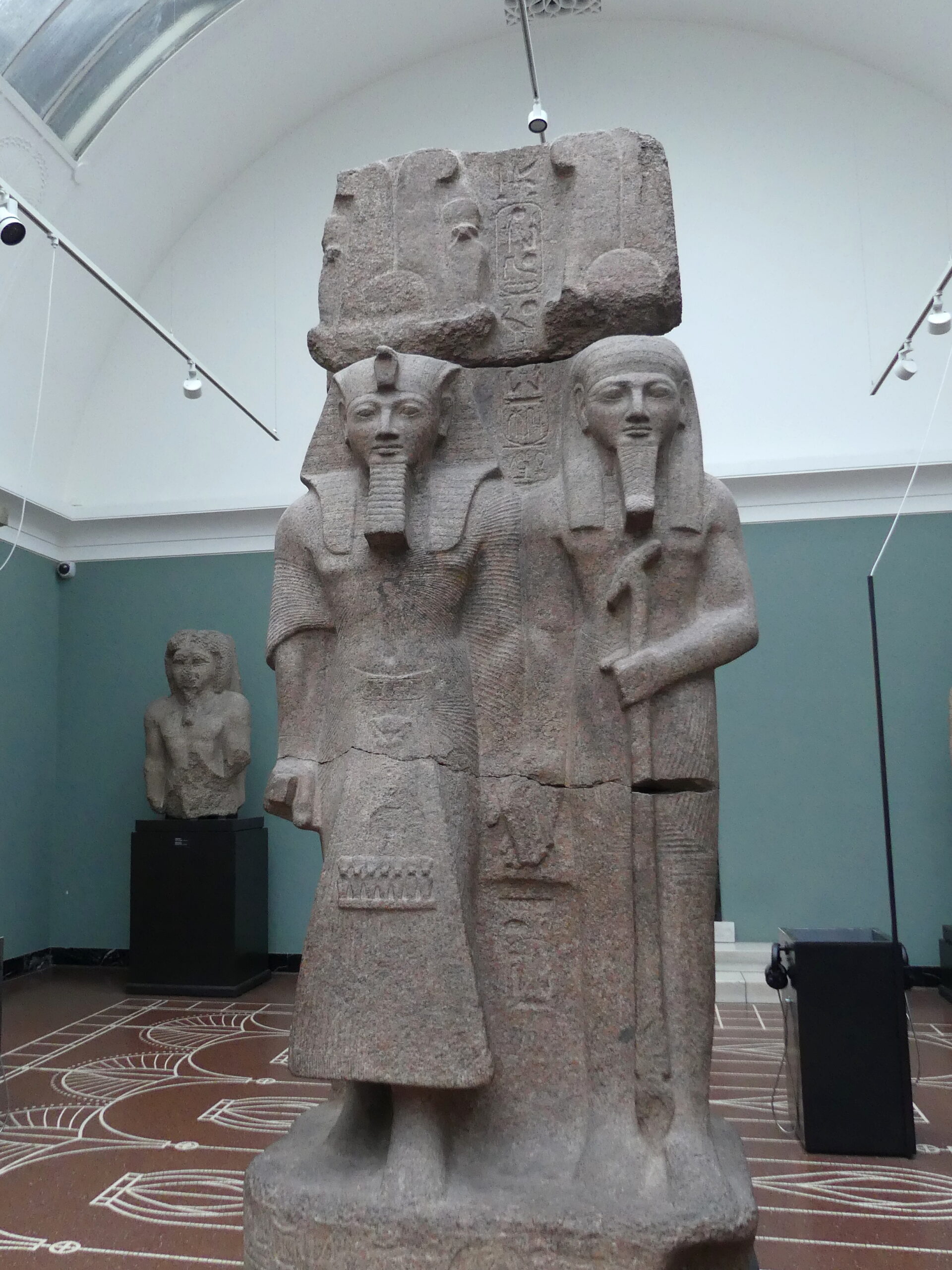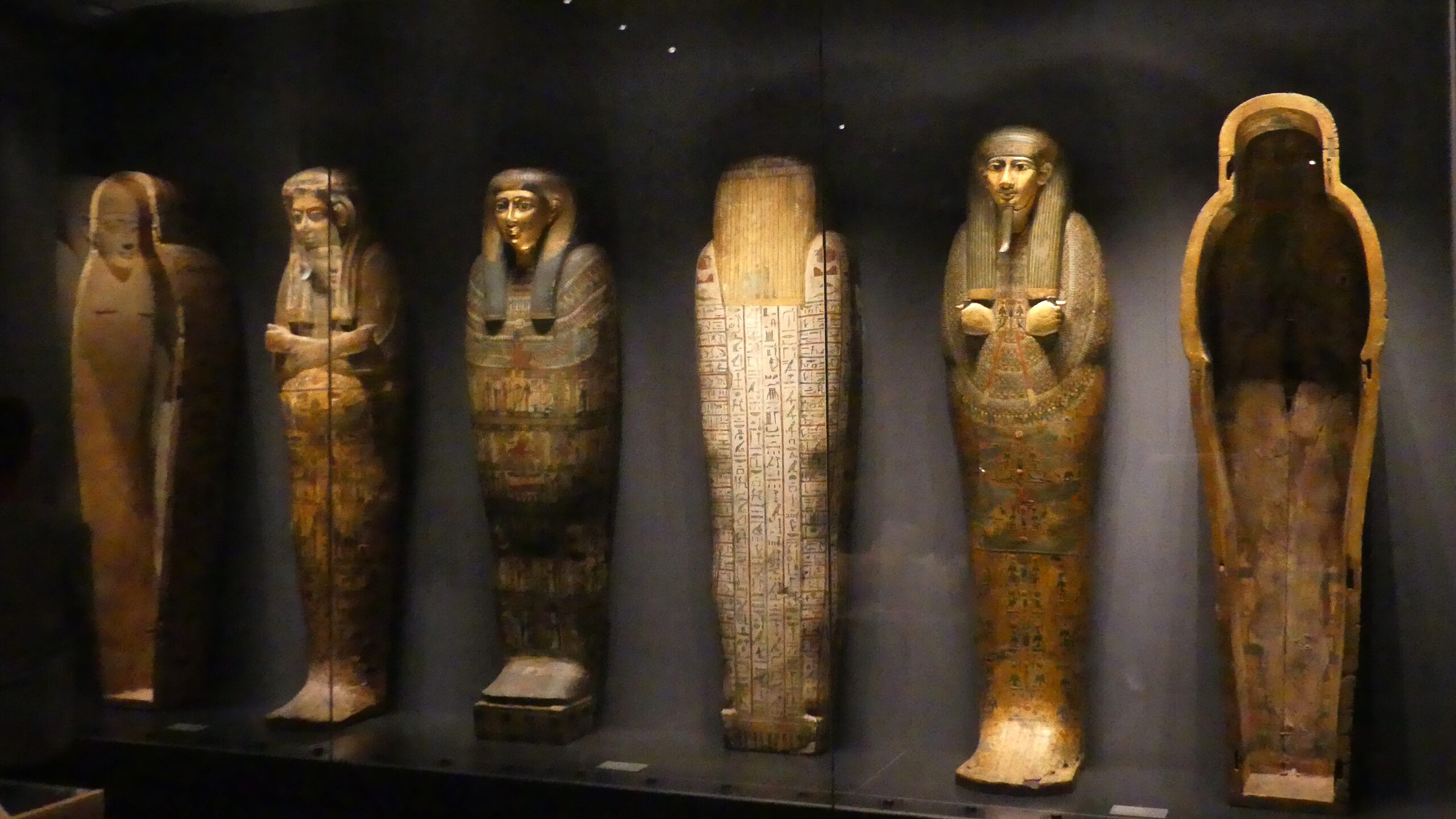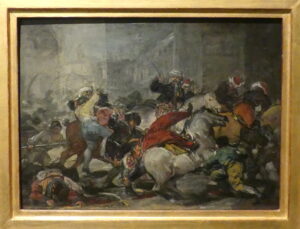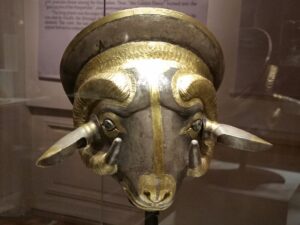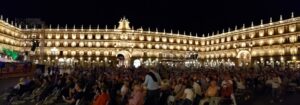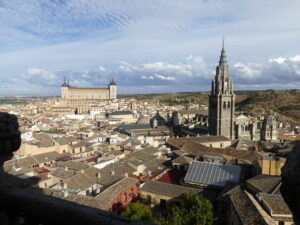“Wonderful, wonderful Copenhagen,” sang Hans Christian Andersen about the 19th century town in the old film. And he didn’t even see the modern Danish design and the sleek metro, as we did – returning to the city after a quarter-century away.
Nor could he yet visit such museums as the two astounding private collections we found: the David for Islamic art (what managing global Danish enterprises and a law degree could acquire) and the Glyptoteket for sculpture (what brewing lots of beer and an inheritance can buy).
Now Copenhagen is even more of an engaging city to explore or relax in.
The City
Old buildings dating from HC Andersen’s time or earlier line this heavily visited canal in the city, Nyhavn (or Newport). Undeniably it is lovely, but the scrum of tourists undercuts the charm.
For hours, we lounged at a local bar along this canal, savoring the pleasant day and saluting the tourists on the canal tour boat. They sidled by a number of private and rented boats puttering along the same canal, with passengers celebrating whatever they wanted to celebrate with picnics and drinks. The cost of living here is not cheap, but to us it seemed worth it.
A look at old spires and Danish architecture along the main boulevard of the central city.
On a lovely afternoon, in front of the grand dame hotel, the d’Angleterre, the locals avoid the nearby “show” canal filled with tourists to linger at one of the city’s main plazas. Nancy had stayed at that hotel forty years ago and Barry thirty years ago, but this time we opted to stay elsewhere as the cost would have been about $1300 per night.
The Danes are surely trying to outdo Amsterdam in city biking. They estimate each resident of Copenhagen owns 1.5 bicycles plying the 400 plus kilometers (300 miles) of wide biking lanes.
With cycle traffic in the central city far greater than car traffic, the streets become surprisingly quiet.
Most of the cycles are upright city bikes, and we saw few with electric capability given how flat the city is. Many were outfitted with carts in the front to carry groceries, children, metal-bending parts and whatever else would fit in.
Tired of pedaling? Below ground at this spot is the Christianhavn station for the metro, whose brightly lit, driverless cars arrive every minute or two to whisk people all around town.
A good introduction to Danish design comes from the Danish Architecture Center itself along the main river through town. Inside, its displays show off buildings of note and showcase design principles to enhance social and esthetic pleasure in the city.
The huge expanse of Tivoli Gardens is filled with traditional amusement park activities and literally countless food options. We did not stay long on a very rainy afternoon, and were a bit overwhelmed by the throngs of children and visitors, but we did find a few congenial spots like this one called Magic Sky.
We have no idea if Andersen hung out for drinks and story-telling slams at the public houses, but the neighborhood pubs are as revered in Copenhagen as in England. They have long underpinned localities with the social mixing and bibulous conviviality they offered. Sadly, here too, they have been disappearing rapidly as home entertainment usurps the social.
We re-visited two palaces in town that we recalled only slightly from our earlier stay in Copenhagen: the ancient Rosenborg Castle and the more “modern” Amalienborg. The latter held limited interest for us, with re-creations of some royal apartments in a limited section of the palace.
Inside and out, however, the Rosenborg was a charmer, remaining much as Christian IV designed it in the early 17th century for a summer residence.
Lushly paneled and painted Winter Room within the summer palace. It’s one of the best preserved of Christian IV’s original rooms from the early 1600s.
The marbled effusion of the Marble Room, with its frothy meringue of ceiling.
Everyone crowds into the room with the crown jewels to admire royal crowns through the ages and other bejeweled trinkets. Here is the elaborate, dazzling crown for Christian IV’s inauguration in 1596 – it weighs 3 kilos, or about 7 pounds. Heavy is the weight of the responsibility…to keep it on one’s head.
The Museums: the David Collection and the Glyptoteket
As is our custom in cultural capitals, we like to tour museums we have not visited before, especially the small treasures often once private collections. The David Collection, now a public museum, is a world-class assemblage of Islamic art with innumerable objects that span 1200 years and the vast sprawl of Islamic empires.
This colorful tapestry medallion of gilded silk and cotton from early 14th century Iraq/Iran shows the borrowing of Chinese technique.
This 10th century ivory casket, carved from a single tusk, comes from Moorish Spain where the Umayyads settled after being displaced from northern Africa.
A hypnotic bronze door knocker from the Middle East around the 10th century.
A stylish wood panel with classic geometric patterns and calligraphy from the eastern Ghaznavid and Ghurid empires of the 12th century, stretching from Iran through northern India.
The Glyptoteket museum houses the private collection of Carl Jacobsen, son of the founder of the Carlsberg Breweries.
He loved sculpture, so the primary artwork consists of statuary from Egyptian dynasties, Roman and Greek periods, as well as French and Danish sculptural work from more recent centuries. The collection also includes a small, but brilliant sampling of masters of 19th century French painting including Impressionists.
This neoclassical sculpture sits in The Winter Garden – the central plaza of the Glyptoteket museum. In effect it is a greenhouse, flooding the trees and other plants with light from the glass roof…plus a pleasant cafe.
Here, from the 13th century BC in Egypt, Rameses II pals along with the god Ptah. The kings publicized their capabilities by associating themselves with powerful gods.
Mummies from the Mummy Room of the Glyptoteket – a very popular section of the museum.
(To enlarge any picture above, click on it. Also, for more pictures from Denmark, CLICK HERE to view the slideshow at the end of the itinerary page.)


